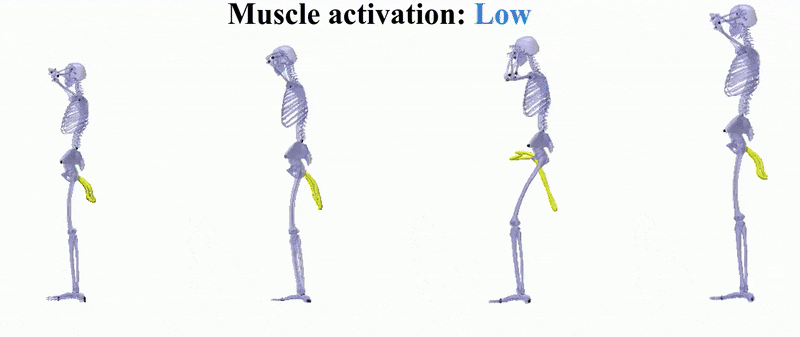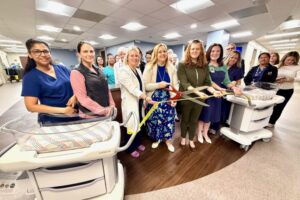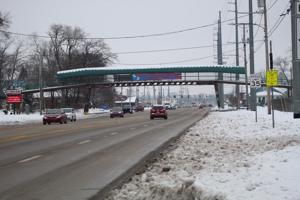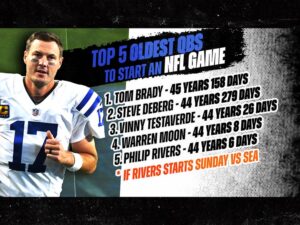
Researchers at the University of California San Diego have developed an innovative model using generative AI that aims to significantly reduce injuries among athletes. The model, known as BIGE (Biomechanics-informed GenAI for Exercise Science), enhances training techniques and supports rehabilitation efforts following injuries.
BIGE was designed with a focus on identifying and generating safe movement patterns for athletes. It integrates athlete movement data with biomechanical constraints, accounting for factors such as the maximum force a muscle can exert. The model can produce videos demonstrating motions that athletes can replicate, thereby minimizing the risk of injury during training sessions. It also offers tailored exercises for those recovering from injuries, ensuring continuous engagement in physical activity.
According to Andrew McCulloch, a distinguished professor in the Shu Chien-Gene Lay Department of Bioengineering at UC San Diego, “This approach is going to be the future.” He is one of the senior authors of the study detailing this groundbreaking model. The team asserts that BIGE is unique in its combination of generative AI and realistic biomechanics, filling a gap left by existing models that either lack anatomical accuracy or demand excessive computational resources.
Advancements in Motion Analysis
To develop BIGE, researchers utilized data gathered from motion-capture videos of individuals performing squats. They transformed these movements into 3D-skeletal models and computed the forces involved to generate more anatomically accurate motions. As a result, the model can not only enhance athletic performance but also provide insights into safe training practices.
The next phase involves expanding the model’s application beyond squats and customizing it to cater to individual athletes. Rose Yu, a professor in the Department of Computer Science and Engineering at UC San Diego and another senior author of the research, emphasized the versatility of this methodology. She noted that it could also be beneficial for assessing fall risks in the elderly, showcasing its potential to impact various demographics.
The research team recently presented their findings at the Learning for Dynamics & Control Conference held at the University of Michigan in Ann Arbor, Michigan. Their work highlights a significant advancement in the integration of technology and sports science, paving the way for a future where injuries can be predicted and prevented more effectively.
As the field of sports science continues to evolve, the introduction of models like BIGE could transform how athletes prepare for competition and recover from injuries. With ongoing research and development, the potential applications of generative AI in enhancing athletic performance are set to expand significantly.







